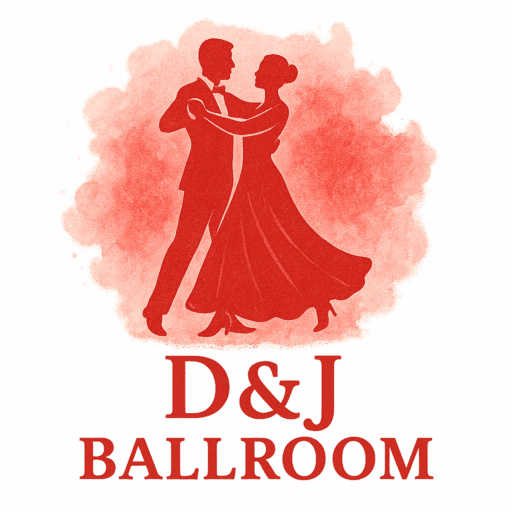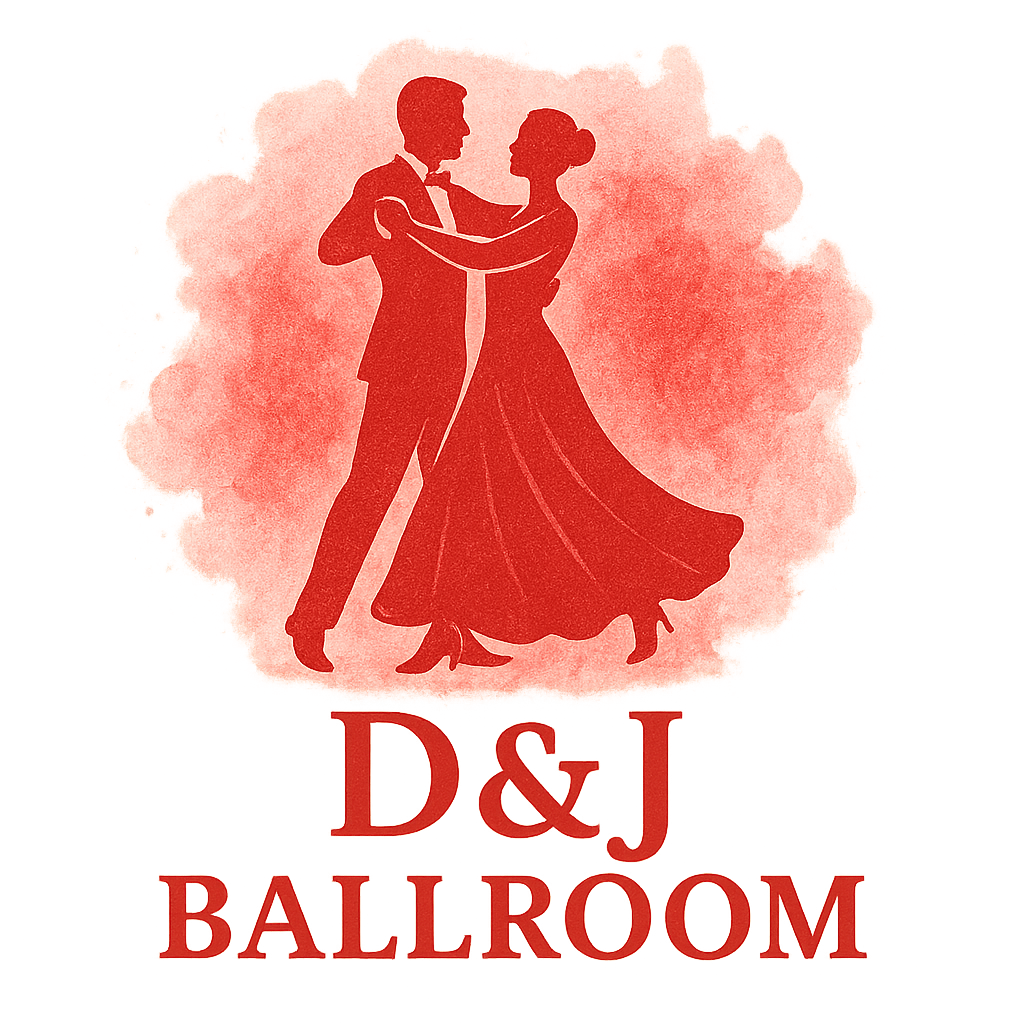Introduction to Ballroom Tempo Mastery
Tempo is the heartbeat of ballroom dance. Whether you’re gliding gracefully through a romantic waltz or striking sharp staccato steps in a tango, controlling tempo is what separates an average dancer from a mesmerizing one. Many dancers struggle with shifting between slow and fast music, but the good news is—tempo control can be trained through targeted ballroom technique drills.
Why Tempo Control Matters in Ballroom Dance
Expression Through Music
Ballroom is more than steps—it’s about storytelling. Tempo mastery lets you express emotions in dances like the rumba with slow sensuality or the cha-cha with playful sharpness.
Maintaining Partner Connection
Being off-beat disrupts your partner connection. With proper training, you’ll move seamlessly together.
Scoring in Competitions
Judges at ballroom competitions closely observe timing. Tempo precision often makes the difference between winning and watching from the sidelines.
Foundations of Ballroom Technique Drills
Posture and Frame
A solid dance frame provides the foundation for tempo control. Without it, even the best timing feels sloppy.
Balance and Weight Transfer
Controlled tempo relies on proper weight shifts—especially in dances like the waltz.
Musical Awareness
If you can’t hear the beat, you can’t stay on it. Developing musical awareness ensures your movement aligns with rhythm and phrasing.

Drill 1: Slow Walking Exercise
Purpose of the Drill
This exercise trains patience and grounded movement, key for slow-tempo dances such as rumba and waltz.
Step-by-Step Instructions
- Choose a slow piece of music.
- Walk one step per measure.
- Focus on smooth foot rolling and posture.
Common Mistakes to Avoid
- Uneven stride lengths.
- Rushing when the music feels too slow.
- Dropping your frame mid-step.
Drill 2: Quickstep Rhythm Drill
Why It Works for Fast Tempo
Fast dances like the Quickstep require crisp steps and precise timing.
Execution Tips
- Play upbeat music.
- Repeat “quick-quick-slow” patterns.
- Keep steps short for control.
Improving Precision with Repetition
Think of this as sprint training. The more you repeat, the sharper and faster your execution becomes.
Drill 3: Rise and Fall Waltz Practice
Training Control for Slow Waltz
The waltz thrives on smooth rise and fall. Practicing this movement refines control for slow tempos.
Applying Rise and Fall to Musicality
Begin with exaggerated motion, then fine-tune it to match the phrasing of the music, creating a floating quality.
Drill 4: Cha-Cha Syncopation Drill
Handling Speed and Sharp Movements
Cha-Cha thrives on syncopation—extra beats that add flair. This drill sharpens reflexes without breaking tempo.
Practicing With a Metronome
Start with a metronome before using music. This develops precision, making syncopations more natural when dancing.
Drill 5: Tango Staccato Walks
Building Strength and Intensity
The tango is bold and dramatic. Staccato walks give power to each beat.
How It Helps With Tempo Shifts
Training abrupt stops and starts helps you adapt quickly to tempo changes.
Drill 6: Rumba Slow Motion Drill
Extending Movements for Expression
The rumba is about control and sensuality. Practicing slow motion develops precision and elegance.
Developing Patience in Slow Tempo
Slow tempos tempt dancers to rush. This drill builds patience and confidence in sustained movement.
Combining Drills for Maximum Tempo Control
Building a Training Routine
Blend two slow drills with two fast drills for balance. This way, you’re prepared for both ends of the tempo spectrum.
Alternating Between Slow and Fast Music
Switch between dances like rumba and quickstep in practice. It mimics real competition scenarios where tempo shifts are common.
Tips for Practicing Ballroom Drills Effectively
Use of Mirrors and Video Feedback
Watching yourself dance reveals subtle tempo issues you might not feel.
Setting Goals for Each Session
Instead of “just practicing,” aim for clear progress markers, like holding a step longer or staying tighter on fast tempos.
Importance of Partner Feedback
Your partner often notices timing issues you don’t. Collaboration builds better connection.
Common Struggles in Tempo Control
Rushing Fast Tempos
Adrenaline often causes dancers to speed up in competitions. Deep breathing helps maintain calmness.
Dragging During Slow Tempos
Slow doesn’t mean lifeless. Energy and frame must stay consistent.
Losing Musical Connection
Focusing only on technique can make dancers forget the music. Always let rhythm guide movement.
Expert Advice for Ballroom Dancers
Training Like a Competitor
Top dancers practice tempos daily, blending athletic drills with artistry.
Leveraging Professional Coaching
Working with a dance coach speeds up progress, correcting subtle mistakes you may miss.
Conclusion
Mastering tempo transforms ballroom dancing into art. These six ballroom technique drills help you build patience for slow tempos and agility for fast ones. Remember, dancing isn’t just steps—it’s storytelling with music. With tempo control, you don’t just move—you inspire.
FAQs
How do I know if I’m on tempo?
Record yourself dancing. If your steps align with the beat, you’re on tempo.
Can I practice tempo drills alone?
Yes, many drills such as slow walking and rumba slow motion can be practiced solo.
Which dance style benefits most from tempo drills?
All styles benefit, but waltz, rumba, cha-cha, and tango show the biggest impact.
How often should I practice these drills?
3–4 times per week for 20 minutes is ideal.
Do I need music for all tempo drills?
Not always. A metronome works well for rhythm-focused drills.
What’s the hardest part of tempo control?
Resisting the urge to rush during slow music.
Can tempo mastery improve competition scores?
Absolutely. Judges reward timing and musical control in ballroom competitions.


